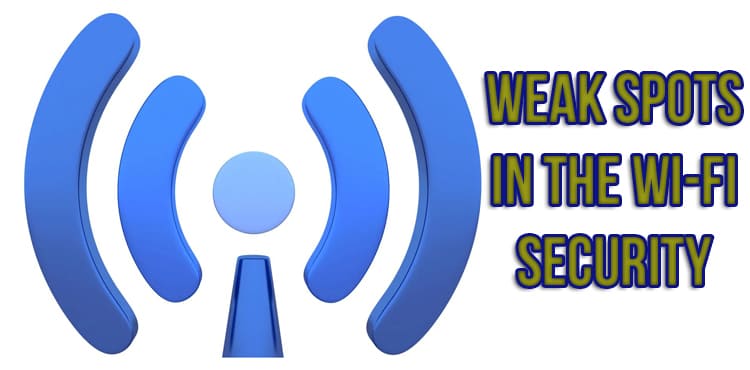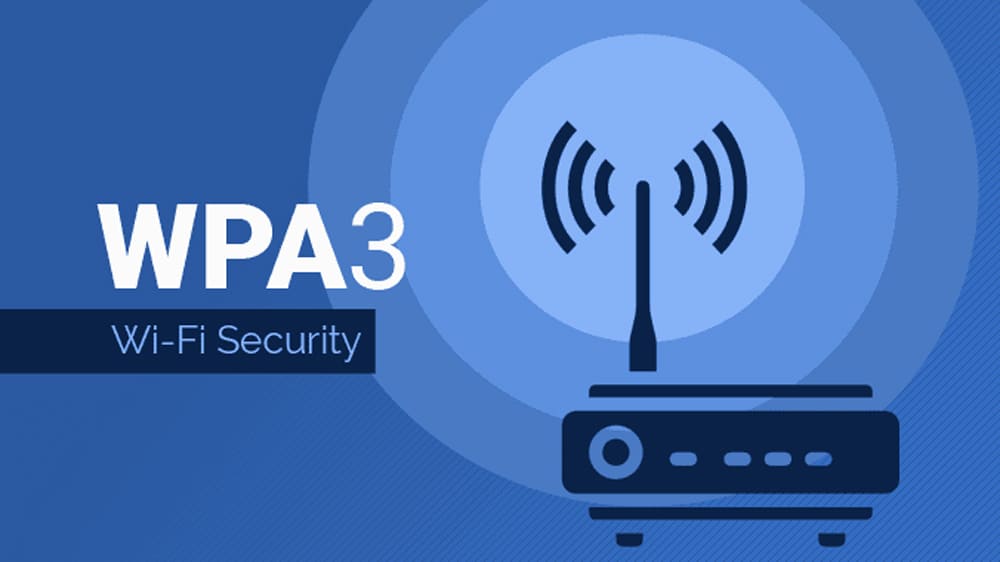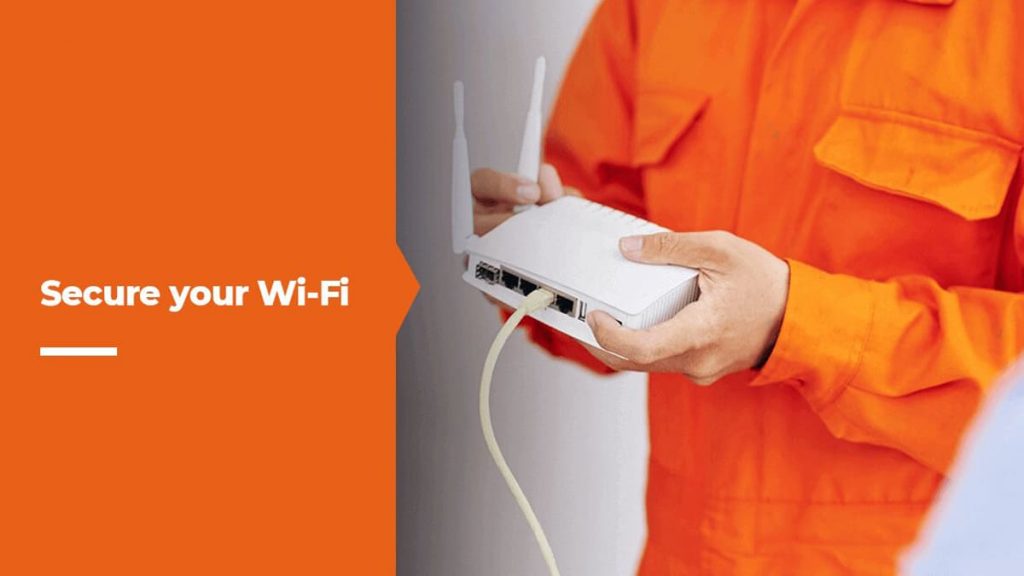Sometimes users feel uneasy when they look at the unpleasant “weak security” sign located near the Wi-Fi network, so they immediately want to check for viruses. But there is no need to worry, since this label is present on many iPhones and does not at all mean that the data fell into the wrong hands. In fact, it is not at all difficult to ensure the reliability of access to the network.
In this case, the message warns of weak security if the router is associated with legacy WEP or WPA protocols. In a web browser, open the settings and change the wireless security version to WPA 2 or 3. Then you need to select AES for the encryption method and do not need to stop at the “Automatic” encryption item. Then the annoying message disappears.
The meaning of the inscription
The alarm only appears when the laptop or smartphone detects that the Wi-Fi is using an outdated and weak security protocol. In fact, absolutely no one guarantees complete reliability.
WEP and WPA are considered not very secure networks, since the password to protect them does not allow the introduction of too many characters. Therefore, their encryption method is easier to crack.
iOS developers have provided a special option for finding misconfigured routers in the fourteenth version. There are a number of problematic smartphones, which include the iPhone. Sometimes it is connected to an older device that uses WEP or WPA for security. Then the gadget will report that it is not protected. In this case, you should change the protocol to WPA 2 or 3.
Wi-Fi security protocol update
In order to fix a network security hole through a web browser, you need to provide access to the router settings and update the settings.
Gaining access to router settings
The simplest method of action is to access the list of smartphone Wi-Fi networks. Here you need to select the information symbol located next to them and enter the IP address of the router. Some Android phones include a button that takes you to the corresponding web page. Then you need to add data to a PC or laptop to simplify settings on a mobile device.
After gaining access, you must log in using the username and password of the router. If they don’t already exist, then it will probably choose one of them by default. Most often, the data for the device will be indicated on the device itself. Alternatively, you can generate a password.
Upgrading the security protocol to WPA 2 or 3
Each router has its own main settings panel, where the most important functions will be in a variety of places.
After entering it, you need to find the “Wireless Settings” menu, where all its current settings will be displayed. These include security, name, encryption, and other options.
If you want to change the security type to WPA 2 or 3, you need to follow a series of steps.
- If given the choice of WPA2/3-Personal or Business, it is best to select Personal.
- Then you need to set the encryption mode to AES.
- You should not change the password, as it will be protected. But in principle it is possible. When changing your password, you need to make sure that it consists of letters, symbols, and numbers.
- At the end, you need to save the new settings and then the router will automatically reboot within a minute.
If you have two networks (2.4 and 5 GHz), you need to change the security protocol for each of them.
You should also look at any additional networks (SSIDS) that are broadcast with the router. You need to make sure that they use WPA 2 or 3 as the protocol.
Reconnecting to Wi-Fi
Since the basic security settings of the Wi-Fi connected to the router have just been changed, you will need to reconnect the device.
Many smartphones will automatically reconnect to it, but still report a lack of complete reliability. Then you need to manually select the item “Forget about the network” with reconnection.
Then on the phone you should open the connection settings and find your own, and then enter the password. After updating the connection with it, the inscription will disappear.
Router does not support WPA 2 or WPA 3
Some older routers from before 2004 do not support WPA 2 or 3 for network security. If they are not in the menu, then you can explore the latest firmware versions or purchase a more modern model.
It is better to fulfill the second condition, since the updated device contains a large number of security options and significantly improves the connection speed.
The essence of Wi-Fi protocols
Such networks are considered not very reliable, wired ones are much better protected. Therefore, to ensure their more complete security, special protocols were created.
Equivalent Wired WEP
The Wired Equivalent Protocol has been the primary way to secure a wireless connection since 1999.
At first it was conceived that it would create a similar level of reliability as that of cable networks. But gradually, with the improvement of cryptography, it became clear that it was extremely vulnerable and it was time to change it.
Wi-Fi access protection
In 2003, WPA was created to temporarily improve the overall functioning of WEP. Such a protocol makes the TKIP integrity procedure possible. On wireless access points and devices, the system uses a 64-bit or 128-bit encryption key that you enter yourself. It does not change over time.
TKIP uses a packet key, that is, it generates a new 128-bit key for each packet accordingly. As a result, attacks that compromise WEP are prevented. As a result, WPA technology has become a huge breakthrough in improving security, but now even it is not yet sufficiently protected.
WPA2
In 2004, WPA 2 was created. It uses a 128-bit key, but with an advanced Advanced Encryption System (AES) encryption method.
Most of the routers produced today are associated with it. When WPA 2 is in effect, WEP and WPA must be disabled. Otherwise, they will make the backdoor more vulnerable.
WPA3
In 2018, it was replaced by WPA 3. Thanks to SAE, it took security to a whole new level. This is due to the simultaneous authentication of equals and a number of other options. Very often, such a protocol provides more than sufficient protection.
To date, such a system is the safest. But due to the fact that not all wireless network cards and routers have received the appropriate updates, not all are compatible with it.
Additional protection methods
In addition to completely updating the router’s security protocol, there are a few more specific options for maximizing network security.
Creating a complex password
Concise passwords containing a single word are extremely easy to crack. Therefore, a combination of letters, symbols, special characters, and numbers must be created for the router.
This procedure does not take much time, but then the wireless connection password will comply with all recommendations.
Never enter a password that is already in use somewhere.
Changing the username and password for the router
Usually, by default, the main data for logging in and setting up the router are named “admin” and “password”, which is very clear for each user. Therefore, if an attacker gains access to the entrance, then he will be able to cause harm anyway.
The way out of this situation is that it is very easy to update the password by going to the router settings.
Using a Modern Router
The rapid and complete improvement of modern digital technologies, as a rule, is carried out incrementally. Keeping up with technological advances and protecting network security requires the use of the latest hardware. If the router has been operating for more than five years, then it is time to think about purchasing a new one. Not only will it be significantly more secure, but it will also provide greater performance.




